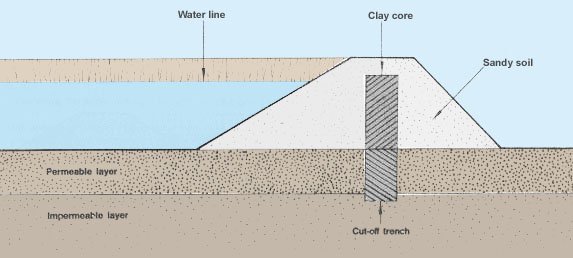What is a siphon System?
By removing stagnant lower-level water instead of the essential oxygen and nutrient-rich water in the upper zones, a siphon system functions as both a water control system and a deep-water release. This system discharges air as the water level in the siphon pipe rises and approaches the emergency spillway level, starting the full pipe flow or suction. The siphon suction ends, and normal flow resumes when the water level drops and the cutoff switch is activated. To lessen additional strain on the levee, siphons are capable of rapidly decreasing water levels. The best way to control overflow and ensure that the pool is always filled with water while providing a healthy environment for aquatic creatures is to use siphon systems.
Benefits of a Siphon System
-
Maintains Healthy Water
The top few feet of water—the photic zone—are where sunshine penetrates to create vibrant life. Through the process of photosynthesis, oxygen is produced in this section of water, which is essential for the survival of aquatic life. Siphon systems allow this important section of water to remain while removing the less beneficial water located in the lower portions of the body of water. This contrasts with traditional overflow pipes and spillways, which leave the lower, stagnant water alone while removing the upper, nutrient and oxygen-rich water.
The water zones are stratified during the summer heat, with the warmer, oxygen-rich water at the top and the colder, still water at the bottom. A pond or lake may "turn over" because of the water zones merging during heavy downpours. The water zones stay less stratified because a siphon mechanism reduces the lowest water levels, minimizing disastrous "turn over" incidents.
The healthier water environment supports the life and growth of all aquatic species, especially fish. A siphon system is ideal for growing trophy sport fish.
-
Improves Fishing
It has been established that maintaining a consistent and ideal water color enhances a lake's or pond's fishability. Since the siphon system removes water from the lower zone, the top zone remains and enhances the lake's or pond's year-round suitability for fishing.
The healthier the pond or lake, the more fish it can support. The more fish a pond or lake can support, the more fish that can be caught.

-
Maintenance
A PVC siphon system requires very little maintenance. PVC is very robust and simple to maintain.
Traditional standpipes are installed through the levee’s base. This normally necessitates draining the lake for maintenance. When using a siphon system, the pipe passes through the dam just above the water's surface. It is simple to remove and replace the pipe's buried portion for maintenance. The portion of the pipe in the water can be easily removed for maintenance and returned.

-
Reduces Levee Stress
Heavy downpours cause the water level to rise and significantly increases the pressure on the levee. To maintain structural integrity of the levee and prevent levee failure, the additional pressure needs to be removed rapidly. The rising volume of water activates the siphon system, which quickly expels excess water. Traditional overflow pipes drain water at a significantly slower rate since they are simply draining water versus removing water with a full pipe suction like a siphon system.
